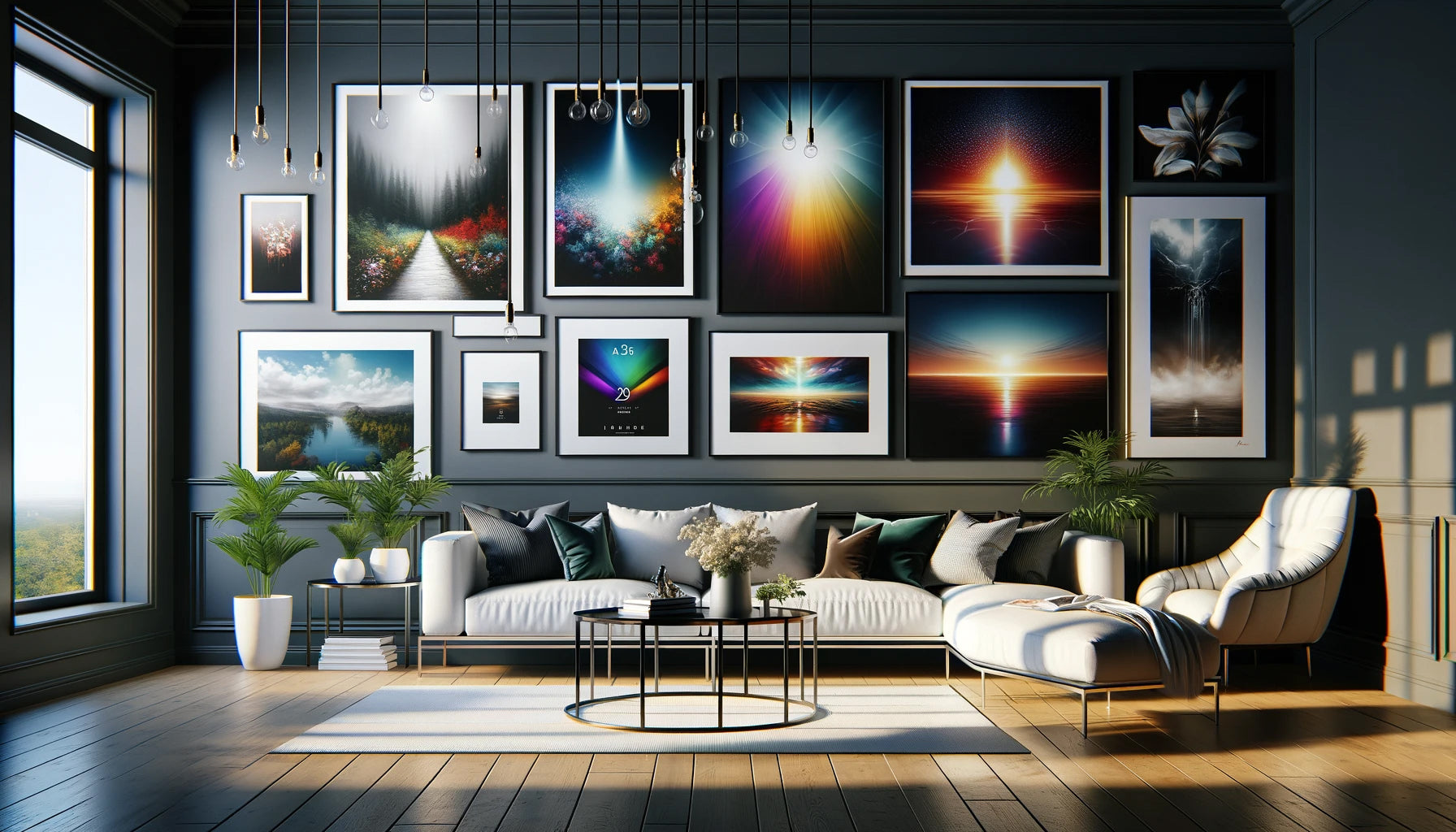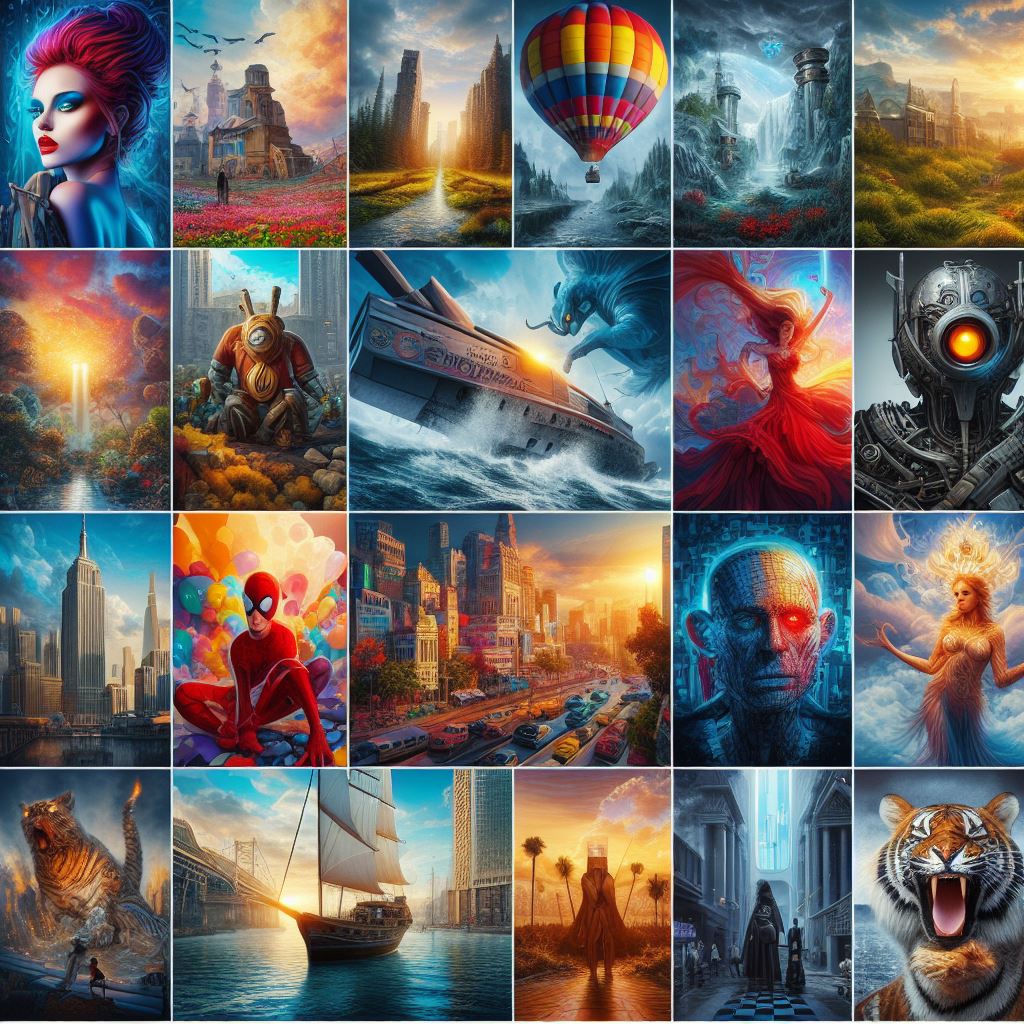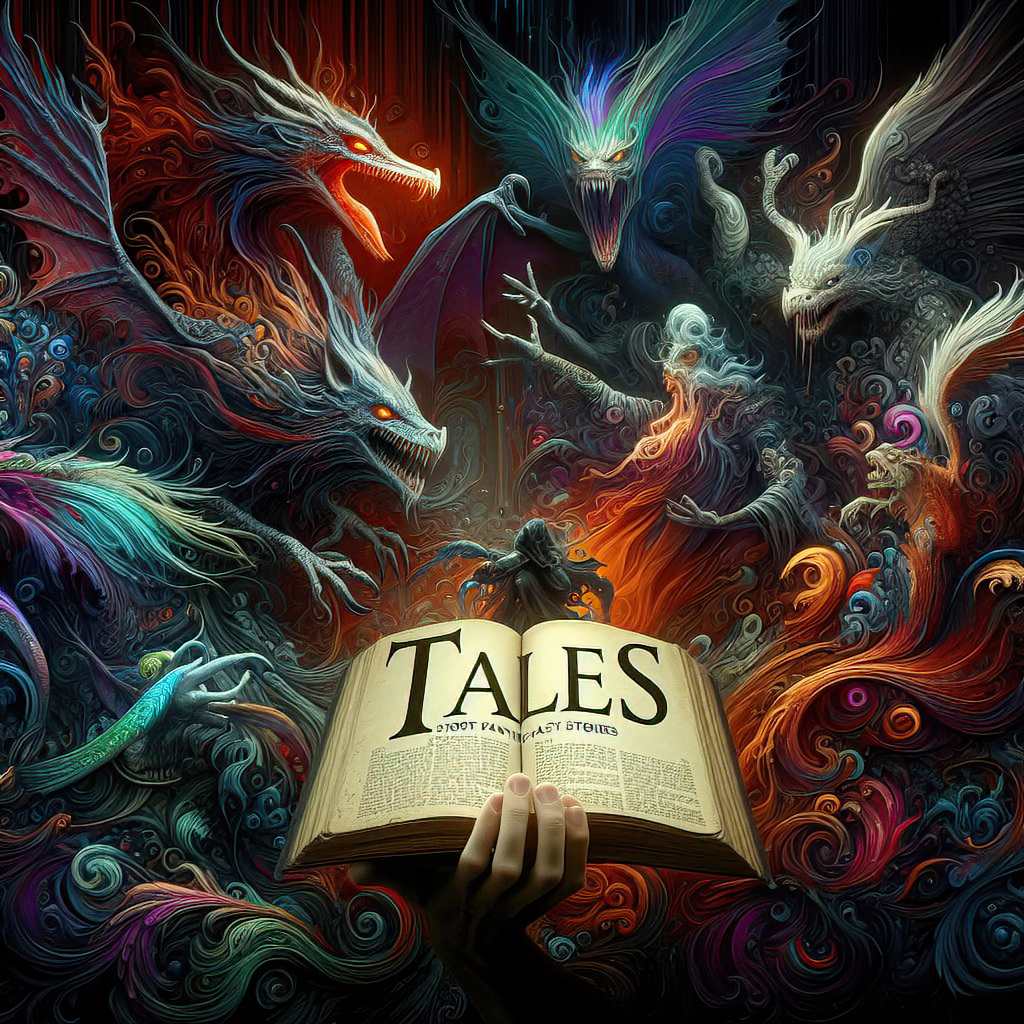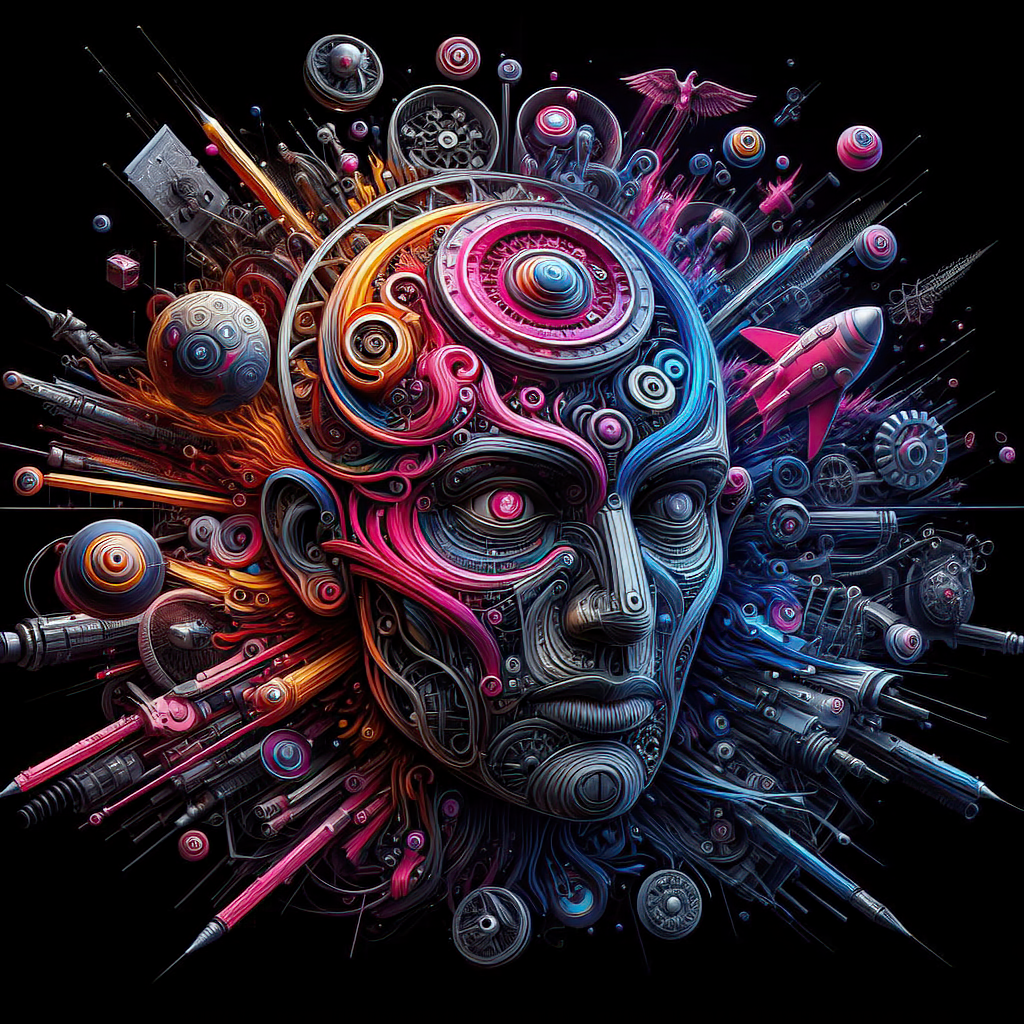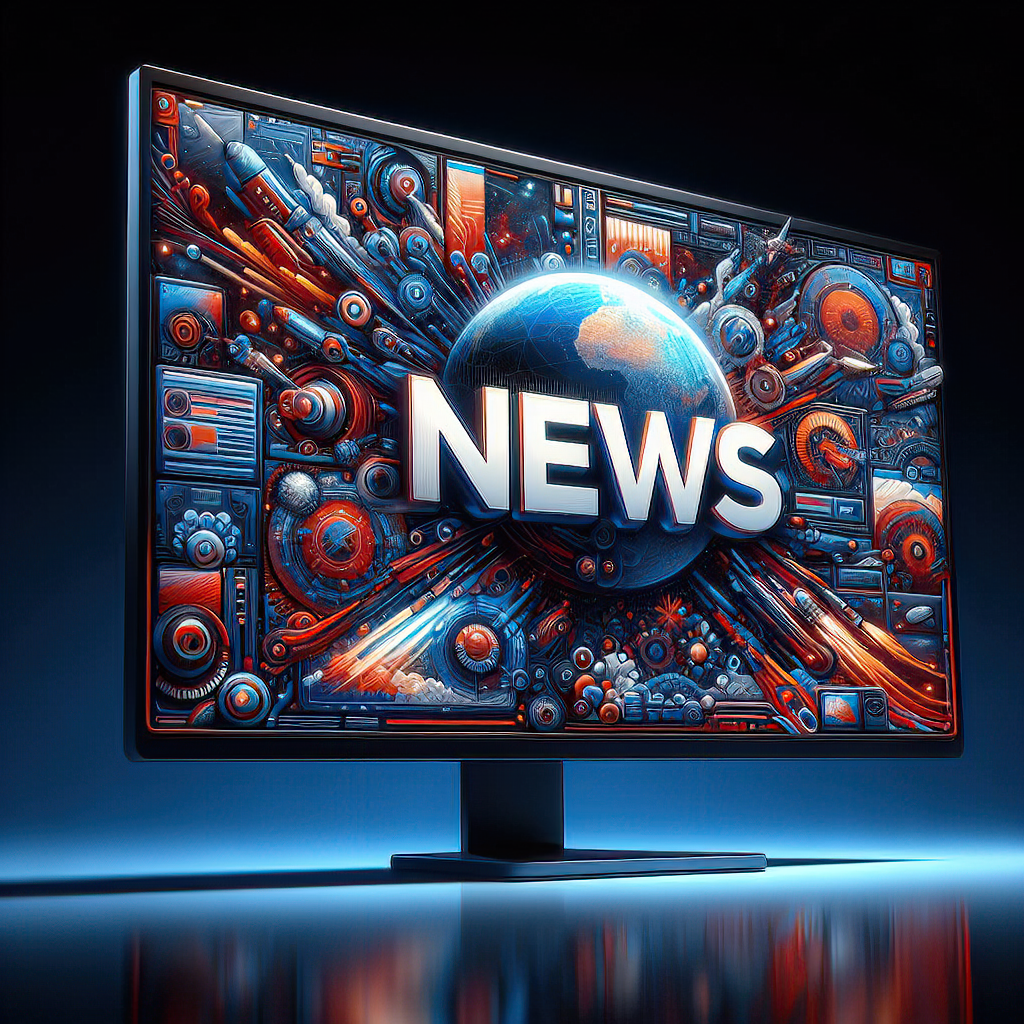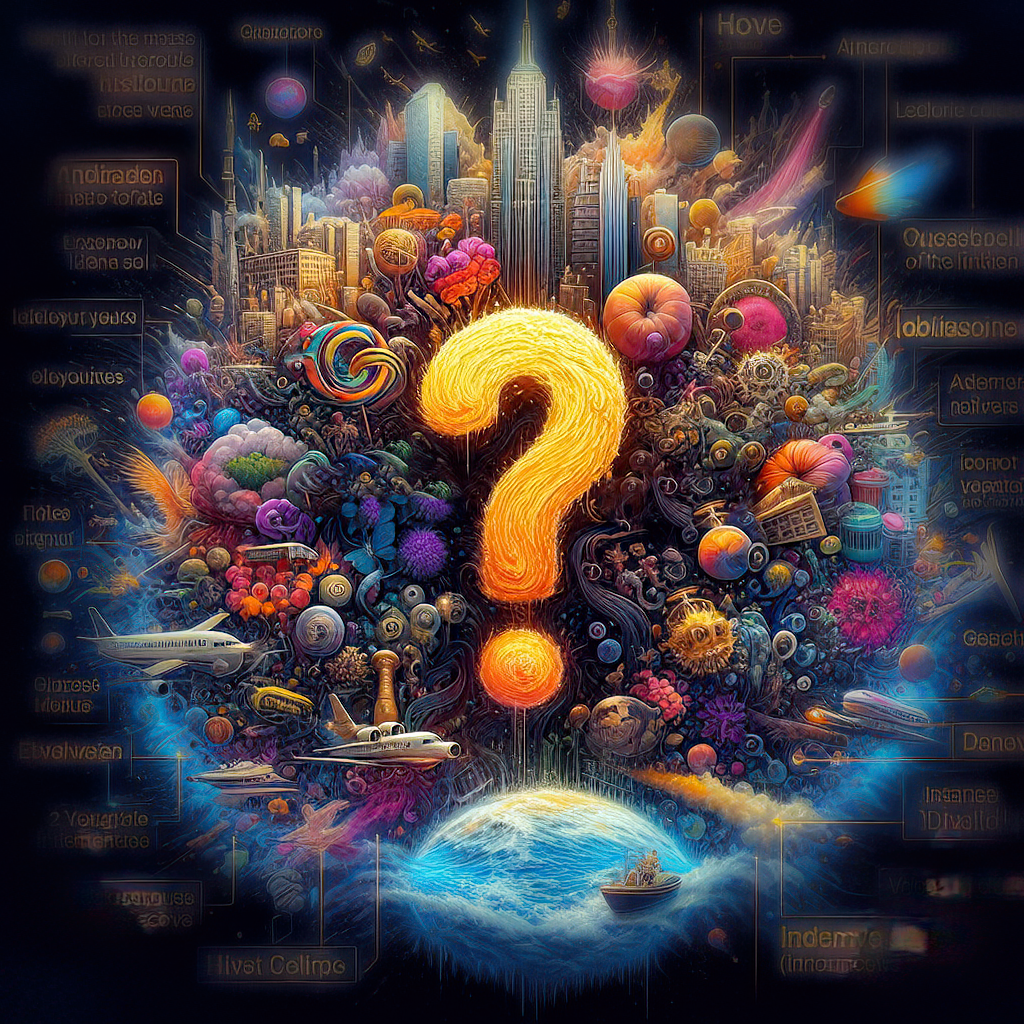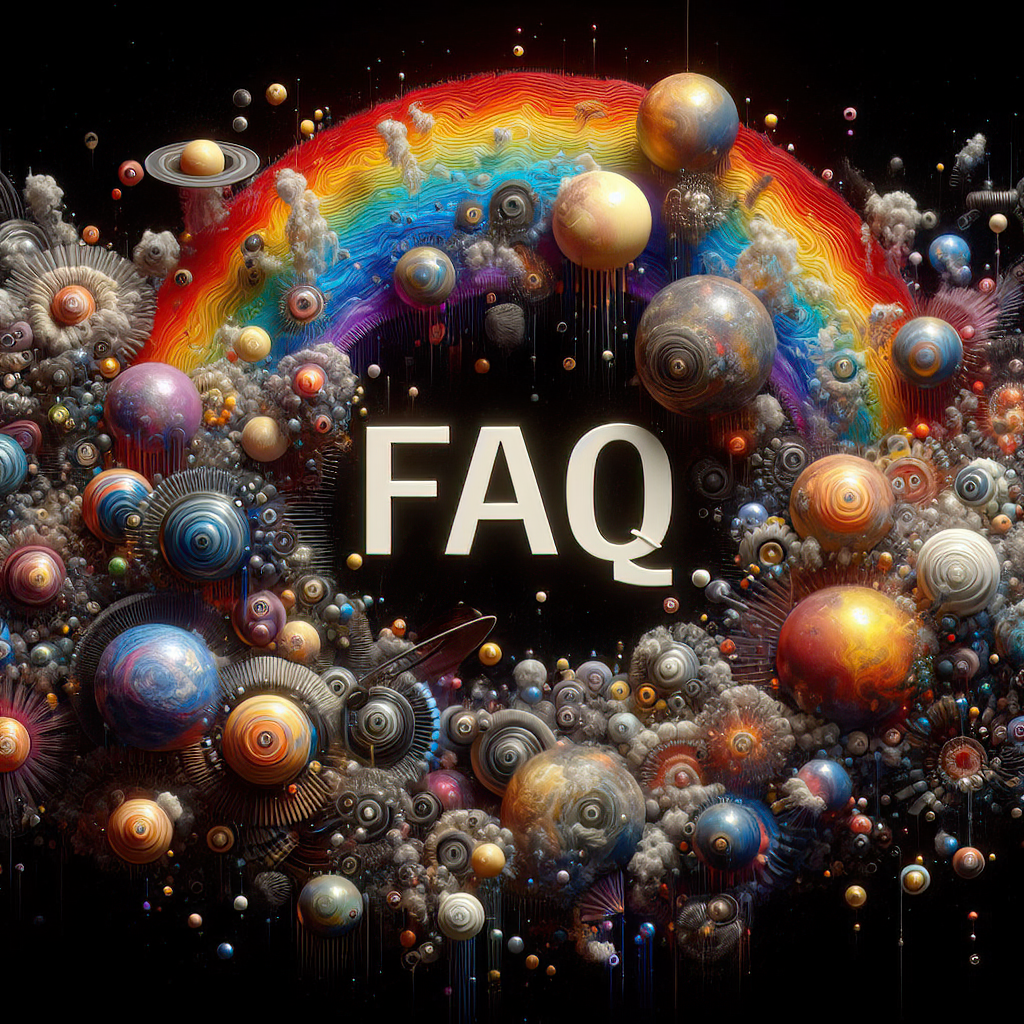
by Bill Tiepelman
Design in the Age of AI: New Frontiers in Graphic Design
The landscape of graphic design is undergoing a seismic shift, fundamentally reshaping the way designers think, create, and collaborate. As we stand on the brink of a new era, the integration of Artificial Intelligence (AI) within the design sphere is not just an emerging trend but a complete revolution. In this article, we'll explore how AI tools and algorithms are transforming the traditional paradigms of graphic design. The Automation of Routine Tasks AI's first major impact on graphic design is in the automation of mundane and repetitive tasks. From resizing images to color correction, AI-driven tools are allowing designers to focus more on the creative aspects of their projects. This automation extends to more complex operations such as sorting through vast databases of images to find the perfect match for a project or automatically generating variations of a design to see which works best. AI in Creative Conceptualization Perhaps more fascinating is AI's role in the creative process itself. Tools like generative adversarial networks (GANs) are not only analyzing existing design trends but also creating entirely new design languages. AI is now being used to suggest layout designs, color schemes, and even generate original artwork, enabling designers to explore new creative territories with unprecedented ease and speed. The integration of AI into the design process is not merely about leveraging new technology; it's about unlocking a new realm of creativity. By harnessing the power of AI, designers can now move beyond traditional boundaries, experimenting with unique patterns, structures, and compositions that were previously unimaginable. This evolution is turning the solitary act of creation into a dynamic dialogue between human intuition and algorithmic insights. Moreover, the AI-assisted design process is democratizing creativity, making sophisticated design tools and techniques accessible to a wider range of creators. Whether it's a seasoned professional or a budding designer, AI tools provide a platform for learning, experimentation, and artistic expression. This shift is fostering a new generation of designers who are not confined by the limitations of traditional software or their own technical skills but are empowered to bring their wildest ideas to life. The role of AI in creative conceptualization is a testament to the symbiotic relationship between technology and creativity. As we continue to explore this new frontier, the boundaries of graphic design will expand, leading to more inclusive, innovative, and diverse expressions of creativity. Data-Driven Design With AI, graphic design becomes more data-driven, enabling designs that are more aligned with user preferences and behaviors. By analyzing large datasets, AI can help identify which designs are more likely to engage users and lead to conversions. This capability is particularly transformative for fields like web design and user experience (UX), where the success of a design is often measured by its effectiveness in achieving business goals. The Collaboration Between AI and Designers The rise of AI does not spell the end of the designer's role but rather heralds a new form of collaboration. AI can offer options, predict trends, and automate tasks, but the creative vision and emotional intelligence of the human designer remain irreplaceable. The future lies in the synergy between AI and human creativity, with designers leveraging AI to enhance their work and bring innovative ideas to life faster than ever before. Challenges and Ethical Considerations However, this new frontier also comes with its challenges. The ethics of AI in design, including issues of copyright and originality, are hotly debated. Additionally, the democratization of design through AI tools raises questions about the devaluation of professional design skills and education. The infusion of AI into the creative process has sparked a significant ethical debate. As AI-generated designs become more prevalent, distinguishing between human and machine creativity has become more challenging. This blurring of lines raises important questions about copyright and the ownership of AI-generated content. It challenges the very notion of what it means to be a creator in the digital age. Furthermore, the accessibility of AI tools has transformed the landscape of design education and practice. While these tools offer new opportunities for non-professionals to engage in design, they also pose a threat to established standards and the value placed on formal design education. This shift prompts a reevaluation of the skills and knowledge considered essential for professional designers. In navigating these challenges, it is crucial for the design community to foster a dialogue about the ethical use of AI in design. This includes establishing guidelines for copyright, attribution, and the ethical use of AI-generated content. As we move forward, it's imperative to strike a balance between embracing innovation and preserving the integrity and value of human creativity in design. As we navigate this new age of design, it's clear that AI will continue to be a major disruptor. Yet, it also offers unparalleled opportunities for creativity and innovation. By embracing these changes, designers can unlock new levels of efficiency, creativity, and personalization in their work, pushing the boundaries of what's possible in graphic design.
